“Some tea?” My friend asked as we lounged in her plant-filled sunroom.
“Dandelion?”
“Why not?” She poured … and left the fragrant, yellow flower remnants floating in our mugs.
Dandelion tea is good for everything from gut health to your immune system. It’s an excellent source of potassium, which helps kidneys filter out toxins. In fact, dandelions have more vitamins than kale and spinach combined. I frequently put dandelions in my salads.
“Thanks.” I took a sip. “Much better than mowing them down.”
My friend snorted. “Bees make good honey from the nectar of dandelions and other wildflowers. So, there must be something good in it.”
“What other wildflowers do you use?”
“Daisies. Spiderwort. The list is long.”
It’s amazing what nature has spread across our lawns and fields. We may think of them as weeds and find their presence annoying, but they’re prettier, tastier, and healthier than the grass so many seem to adore. Here’s a list of some delectable, and very healthy, edible wildflowers that may grow near you.

Dandelions
Always top of the list for much-hated weeds, Taraxacum officinale is the wildflower everyone loves to hate. An invasive flowering plant, it grows just about anywhere and spreads quickly. People spend a lot of time and money to eradicate this common weed from their gardens. What they don’t realize is that dandelions are beneficial to the environment, feed nectar to pollinators like honeybees, and grow much better than the much-loved grass lawns. The irony is that grass is also a weed that has no beneficial qualities, whereas dandelions do.
People make teas and wines from dandelions and add the flowers to their salads. The dandelion’s root has long been used in herbal medicines to promote health. Of the long list of benefits, various parts of dandelions support liver health, improve cellular health, reduce inflammation, protect against illness, stabilize blood sugars, help maintain a healthy gut, prevent kidney stone formation, battle bloat, and are good for urinary tract infections. But like anything else, consult your healthcare professional before using. Dandelion is not good for everyone. You can check out his article for more information.
Wild Violets
Viola sororia is another invasive plant that can quickly take over gardens and lawns. But it is so pretty, much better to look at than plain old grass. It’s also called common blue violet, and the delicate little flowers populate wide expanses. The heart-shaped leaves couple nicely with the colorful flowers that appear in early spring. The flowers bloom in blue, purple, white, or yellow. Wild violets are edible and make a colorful addition to any summer salad, or a tasty additive to syrups and drinks. You can read more about wild violets here.
Ohio Spiderwort
Tradescantia ohiensis sports grass-like leaves with 3-petaled, triangular flowers in white, pink, or blue that open in the morning and close in the afternoon. Sadly, the flowers only last for a day, though every plant blooms more than once throughout the spring and early summer. The flowers and stems can be eaten raw, but the leaves are usually cooked first. The flowers make a colorful addition to salads or in teas. The leaves are considered mucilaginous, which means they can be used to soothe insect bites, much like Aloe vera.
St. John’s Wort
Hypericum perforatum is a pretty plant full of medicinal and herbal benefits. Although it’s an edible plant, St. John’s Wort is really used more for its medicinal properties, including reducing pain. Steep the freshly harvested flowers in tea and enjoy.
Wild Bergamot
Monarda fistulosa is commonly known as bee balm. Yes, it’s a wildflower even though gardeners love growing it — not only for the colorful display of red, purple, and white flowers, but because it attracts pollinators. It’s a pleasure to watch the hummingbirds and butterflies flock to my bee balm blooms. The flowers have a minty flavor and can add a colorful and tasty addition to a soothing cup of mint tea. They can be used in cooking and salads, either fresh or dried. Or you can eat the flowers raw, right off the stem. The leaves are edible, too, and make a tasty addition to green salads.
Chickweed
Stellaria media is difficult to find as it blends into gardens and lawns. It is a weed, but also a wildflower. The plant grows in large patches, but has a short root system, making it easy to pull. The patches become mats, spreading across the terrain. The stems are covered in fine white hairs and the 5-petaled flowers are tiny and white. The plant is nutritious and makes a tasty addition to green salads. Chickens love it, too, which is why it’s named chickweed.
Evening Primrose
This is another one of my favorite flowers. Like bee balm, I have it growing in patches throughout my garden. Oenothera biennis has a lovely lemon scent and lots of yellow flowers. It grows in abundance through early summer and in to fall. As the name suggests, the flowers bloom in the evening and stay in bloom until late morning. The entire plant is edible. The seeds can be used like poppy seeds to decorate artisan breads. The yellow flowers and the leaves can be added to salads or cooked in soups and stews. It has a strong flavor, so you may want to go easy on how much you use.
White Yarrow
Achillea millefolium is a popular addition to any garden. The more common color is yellow, but it grows orange and red versions as well as white. With feathery leaves, the stalks grow tight clusters of small, daisy-like flowers that is sometimes mistaken for Queen Anne’s lace. The entire plant is edible (including the root), and much of the plant is used for different medicinal purposes. The leaves have a strong, bitter taste when eaten raw, but can be dried, crushed, and added to soups, stews, and meat dishes like a spice. Take note, however, when looking for white yarrow to harvest for consumption, the plant is often mistaken for the poison hemlock, which is deadly toxic.
Chamomile
Matricaria chamomilla (synonym: Matricaria recutita) is a popular herbal tea to soothe the entire body from the nervous system to the digestive tract. Chamomile looks like a daisy with its large yellow center surrounded by white petals. Even its long stems and light, feathery green leaves make it appear to be a daisy, but if you get close to the flower, you will smell a slightly sweet, apple aroma. Popular in teas, chamomile is easily mixed with other wildflowers, like the pineapple weed (Matricaria discoidea which is sometimes called wild chamomile) and with similar edible and medicinal uses. It’s easily mixed up with feverfew (Tanacetum parthenium), another medicinal herb used to treat migraines.

There are plenty more edible flowers that can be a great addition to your diet. The bonus of these wild edibles is they are easy to grow. They require little to no maintenance and spread in abundance. Remember, they really aren’t unkempt, uncontrollable weeds, but a beneficial addition to your garden. So welcome them instead of getting rid of them. But be careful that you know what you’re harvesting because some wildflowers, as mentioned above, can be deadly. If you’d like to learn more about foraging for wild flowers, I recommend you give this article a visit.


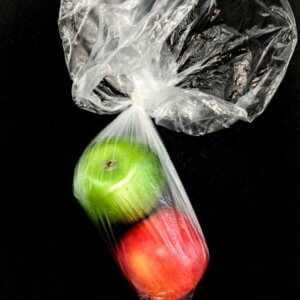
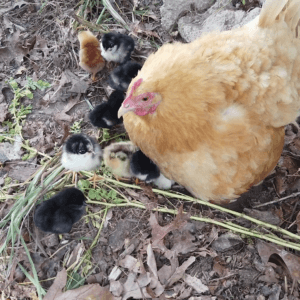


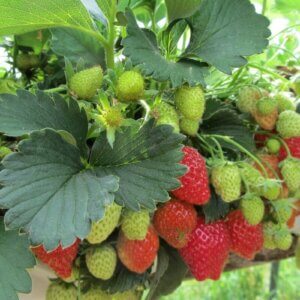


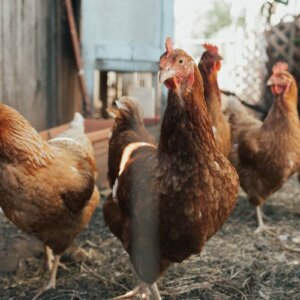
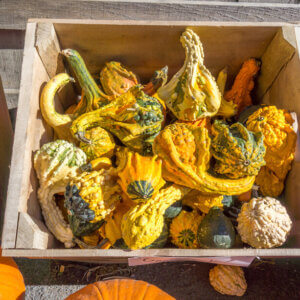

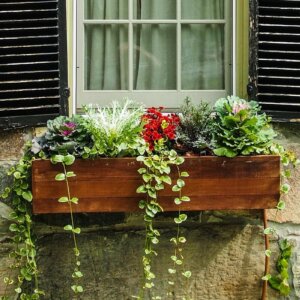




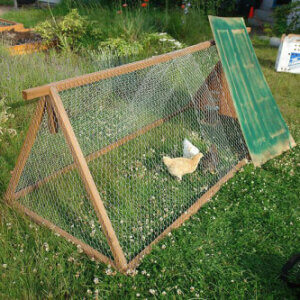
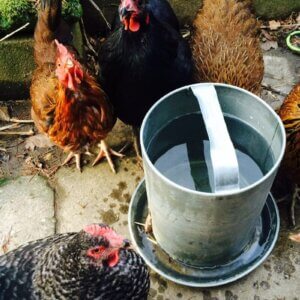
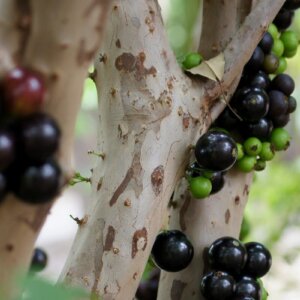





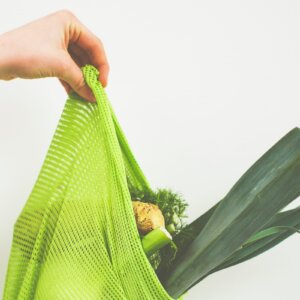



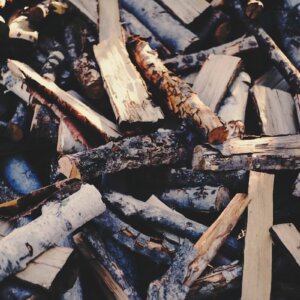
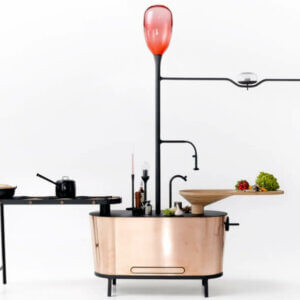
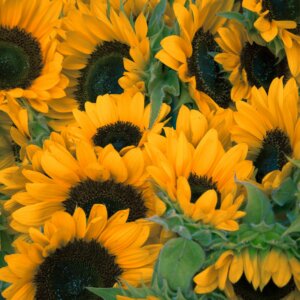


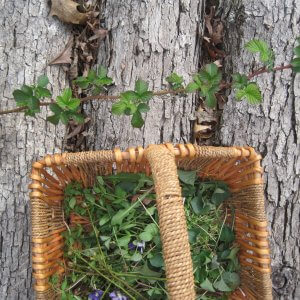

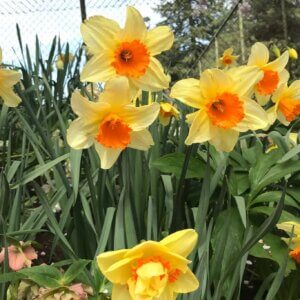

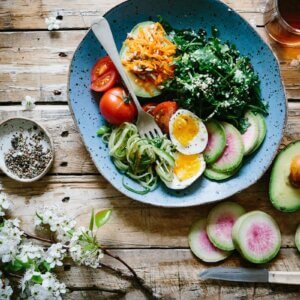
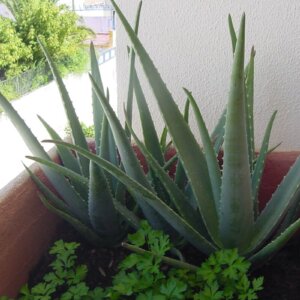

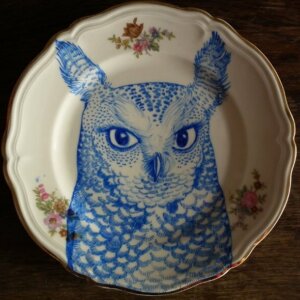
Leave a Reply